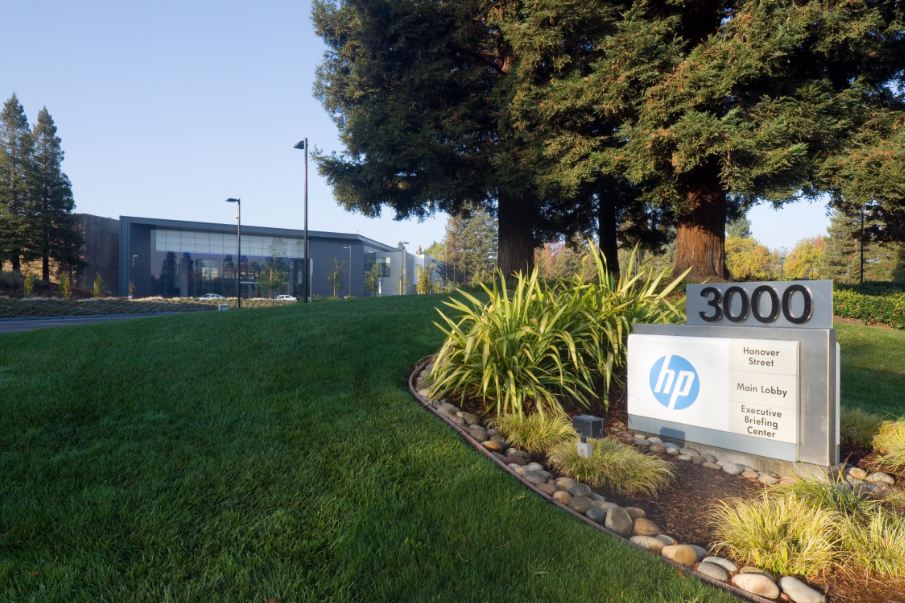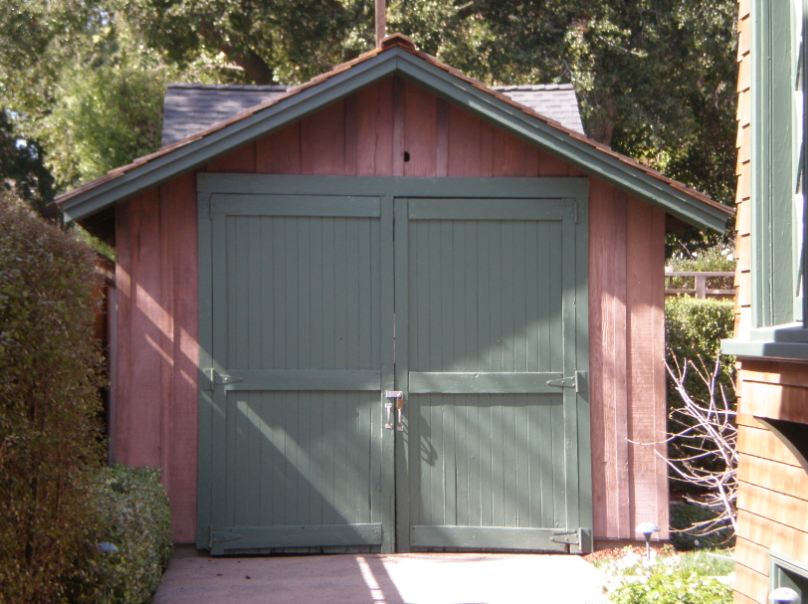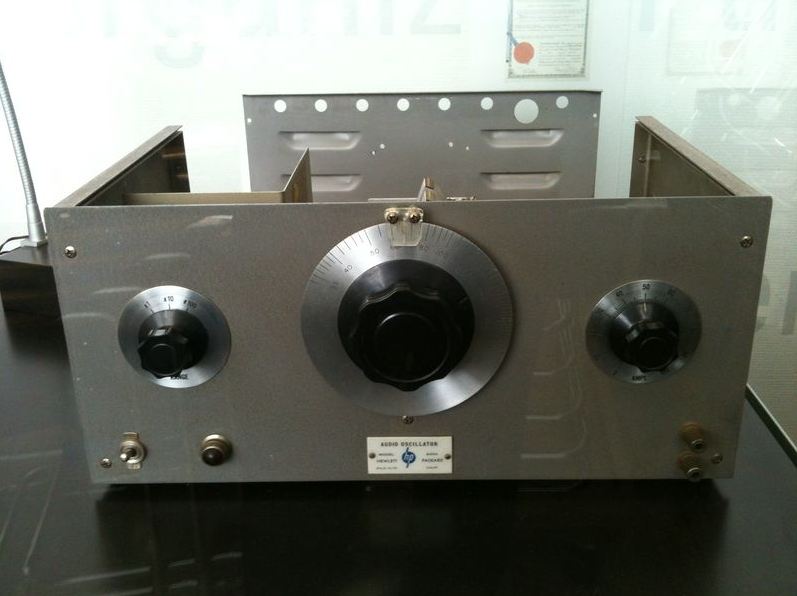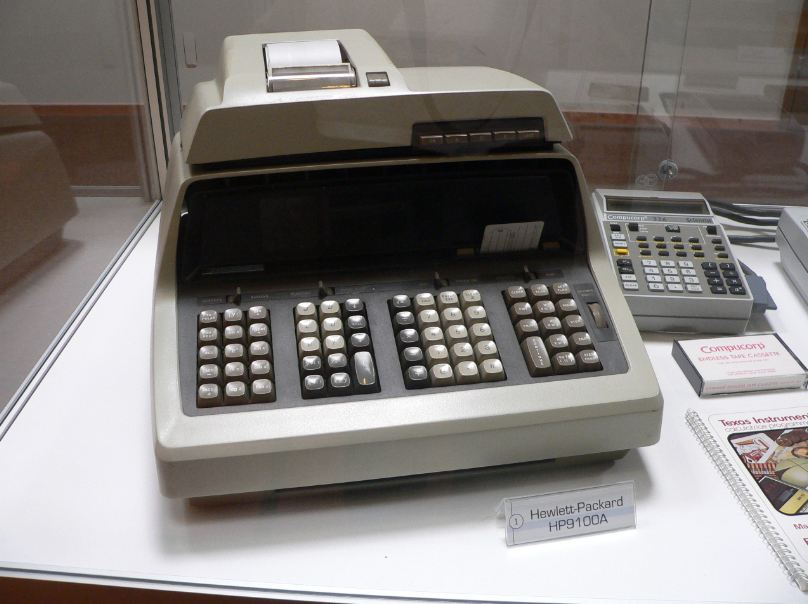Founded in 1939, Hewlett Packard (HP) is a Fortune 500 information technology company that continues to provide and develop software and hardware components and services for consumers and various entities, from small businesses to education and health sectors, government, and larger enterprises. More than 80 years after its launch, HP still relishes a remarkable market share and remains a top choice for innovative products worldwide.
However, while HP is a household name, not many are are aware how the company’s humble beginnings before it flourished to be one of the world’s leading computing and computer technology. Here, discover Hewlett Packard’s interesting history that all started at a one-car garage in Palo, Alto California.
The Beginning
HP was started by Bill Hewlett and Dave Packard in 1939. The two young men attend Standford University and earned degrees in electrical engineering in 1935. They became friends at close friends after meeting and bonding on a two-week camping trip during their undergraduate years in the prestigious university.
Bill and Dave were among the individuals encouraged by their mentor Frederick Terman to use their creativity, passion, and inquisitiveness for electronics to start a business. Terman is a Standford professor who pushed his students to establish their startups and often invested them, resulting in the establishment of Silicon Valley.
Starting a $538 working capital plus a secondhand drill press, Bill and Dave began working in a garage behind Bill’s home in 1938. The duo’s first significant project for Walt Disney.” They made an audio oscillator, which was then used as an audio test and measurement instrument in theaters that played the successful Disney flick “Fantasia” in 1940.
With that success, Bill and Dave decided to formalize their partnership on January 1, 1939. As such, they need a name for the startup, thorned between the names Packard-Hewlett or Hewlett-Packard. Unable to choose, they resorted to a toss coin instead, where Dave said to have won but still opted to use the name “Hewlett-Packard.”
Going Forward
From the garage, HP transferred to a rented office in Palo Alto in 1940, and it was only the start of the many fruitful decades for the company. HP became instrumental in laying some of the significant business innovations and practices in the 1940s to promote trust and teamwork among its employees and foster a people-centered environment. The company issued incentives and Christmas bonuses and established a groundbreaking healthcare program for its employees. Adding to that, HP also became one of the first companies to adopt an open floor plan, which sparked creativity and versatility.
On August 18, 1945, HP was incorporated, where Dave became the president and Bill as the vice-president. By the 1950s, the tech industry continued to grow. HP created the fast frequency counter named 524A in 1951, which massively decreased the time needed in measuring high frequencies and earning the company billions. In 1956, the company made its first oscilloscopes, which again provided the company success in the test and measurement field. A year later, HP went public, held its initial public offering (IPO), and constructed its first building in Stanford Research Park.
In 1959, HP started going overseas, establishing a marketing organization in Geneva, Switzerland, and a manufacturing facility in Boeblingen, Germany. HP sustained its success in the 1960s, marked by significant inventions, the HP 5100A frequency synthesizer (1963), the HP 5060A atomic clock (1964), spectrum analyzer (1964).
More Innovations
In 1966, HP opened HP Laboratories, which signaled HP’s venture into the computer market. Its first computer was the HP 2116A, an instrument controller part of the HP’s test and measurement product line. Two years later, HP’s first “personal computer,” the HP9100A, was released. It was a scientific calculator that solved problems much quicker than other machines. In 1974, HP introduced the first scientific hand-held calculator named HP-35, which changed the computing landscape at that time.
In the 1980s, HP continued to produce various computing equipment from personal computers, peripherals to larger scientific machines, such as its first PC, HP-85 (1980), HP-150 Touchscreen PC (1983). In 1984, HP made waves across the world when it released HP LaserJet. It became very popular, selling 10 million units in less than a decade.
Further innovations were made by HP in its printer line, introducing the color print HP DeskJet500C in 1991 and fax, copy, print-capable HP OfficeJet in 1994. Since then, HP has dominated the printing market and established itself as a frontrunner in reliability, quality, and affordability, while also bestowing cutting-edge products in the field of PCs, AI, and VR gaming.
Takeaway
Today, the garage where HP started is still standing and is declared as a historical landmark. It pays tribute to the two young innovators, Bill Hewlett and Dave Packard, who started HP and brought many of the most valuable inventions and innovations in various fields of electronics and technology that we enjoy today.




